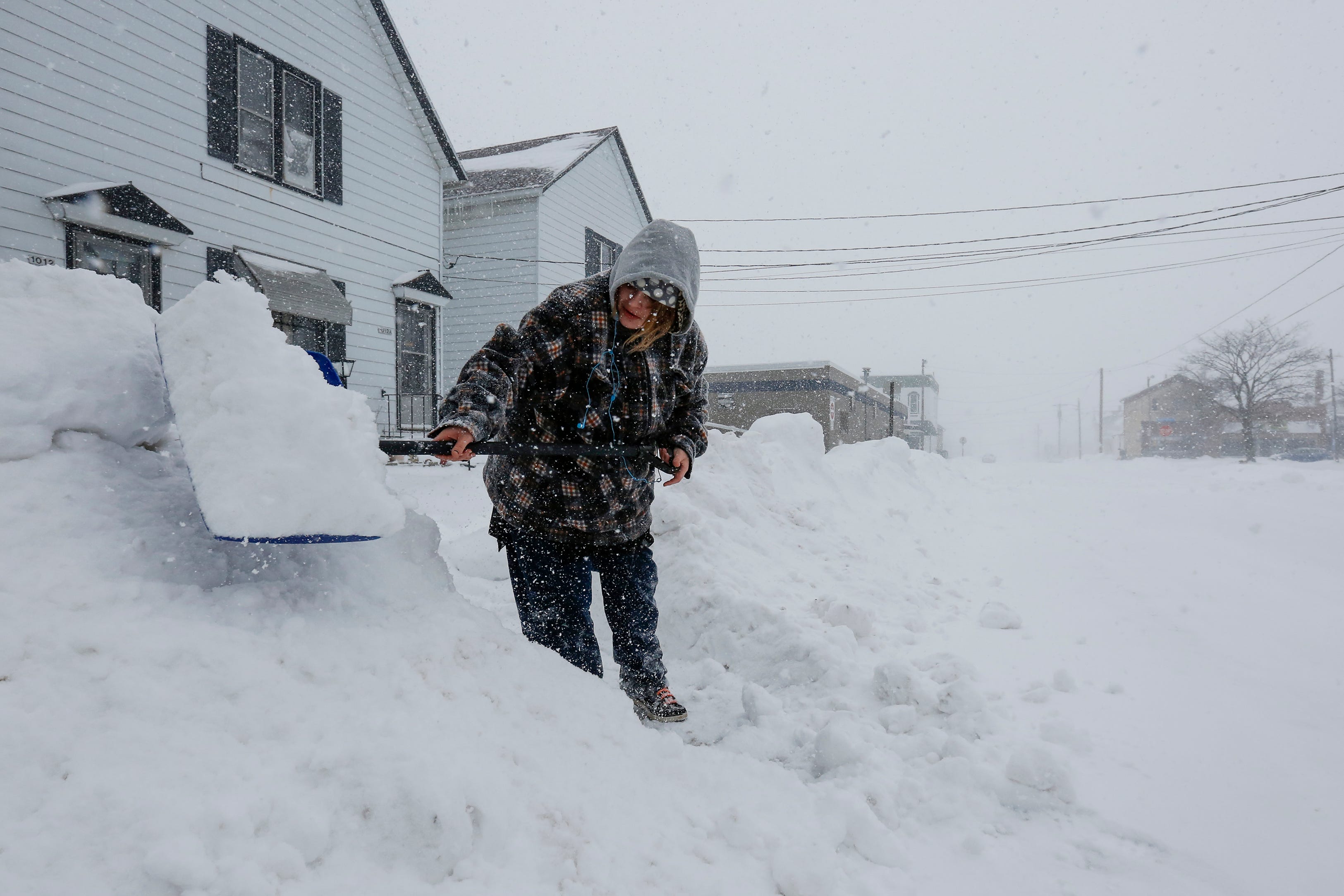
1, the autumnal equinox - or astronomical fall - is Sept. When does fall 2023 begin?Īlthough meteorological fall began on Sept. Virgin Islands, do not observe daylight saving time. territories, including Puerto Rico, American Samoa, Guam and the U.S. state observes daylight saving time, with the exceptions of Arizona (although some Native American tribes do observe DST in their territories) and Hawaii. Which states observe daylight saving time? In 2024, daylight saving time will take an extra day to return thanks to the leap year, and will resume on March 10, with clocks springing forward.
7 day weather chicago trial#
In the 1970s, due to the 1973 oil embargo, Congress enacted a trial period of year-round daylight saving time from January 1974 to April 1975 in order to conserve energy. States could still exempt themselves from daylight saving time, as long as the entire state did so. on the last Sunday in April and turn back one hour at 2 a.m. It stated that clocks would advance one hour at 2 a.m. 30, 1945.ĭaylight saving time didn't become standard in the US until the passage of the Uniform Time Act of 1966, which mandated standard time across the country within established time zones. 9, 1942, Franklin Roosevelt instituted a year-round daylight saving time, which he called "wartime." This lasted until Sept. It was unpopular and abolished after World War I. The United States didn't adopt daylight saving time until March 19, 1918. Germany was the first to adopt daylight saving time on May 1, 1916, during World War I as a way to conserve fuel. Some people like to credit Benjamin Franklin as the inventor of daylight saving time when he wrote in a 1784 essay about saving candles and saying, "Early to bed, early to rise makes a man healthy, wealthy and wise." But that was meant more as satire than a serious consideration.


In the United States, daylight saving time lasts for a total of 34 weeks, running from early-to-mid March to the beginning of November in states that observe it. On those days, clocks either shift forward or backward one hour.Ĭlocks used to spring ahead on the first Sunday in April and remained that way until the final Sunday in October, but a change was put in place in part to allow children to trick-or-treat in more daylight. Under the conditions of the Energy Policy Act of 2005, daylight saving time starts on the second Sunday in March and ends on the first Sunday in November. Woman fights company for family jewelry after ‘free' appraisalĭaylight saving time is a changing of the clocks that typically begins in spring and ends in fall in what is often referred to as "spring forward" and "fall back."


 0 kommentar(er)
0 kommentar(er)
